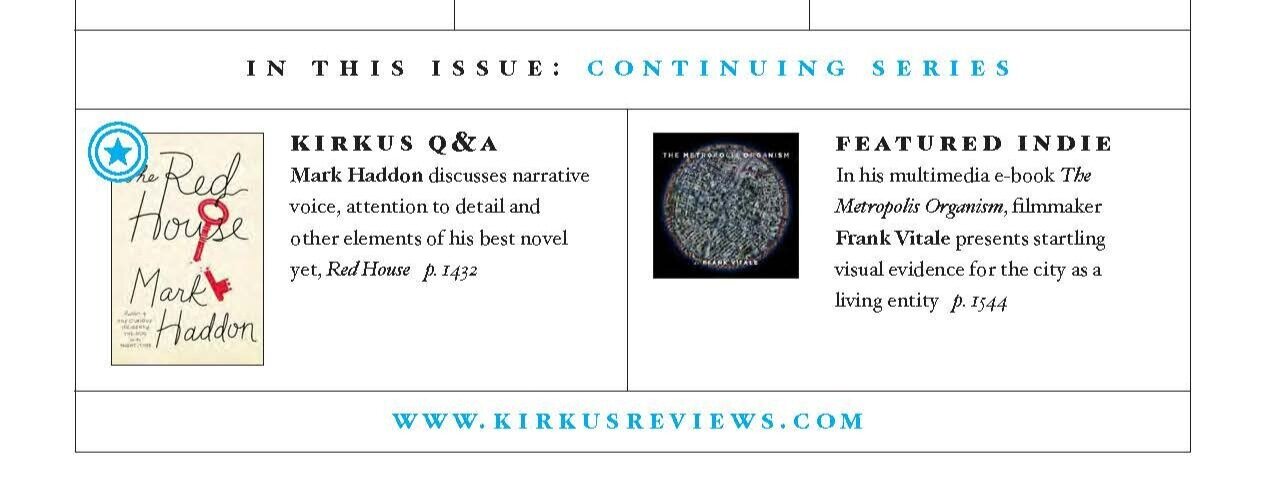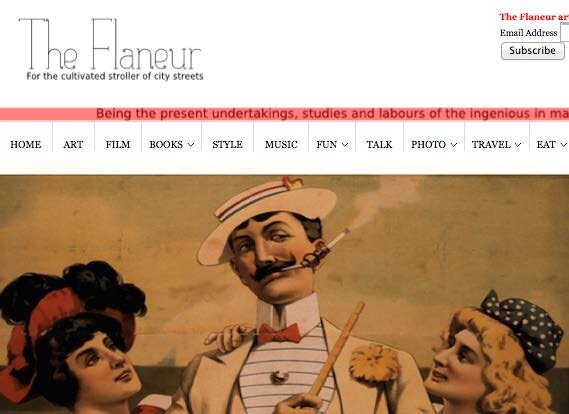The Metropolis Organism
The Metropolis Organism: The consideration of a city as an organism, a literal organism according to science.
If you are ready to open your mind and see something that is right in front of you yet you have never seen before, this may be the program for you.
The theory is not based on environmentalism nor spirituality, but hard science and philosophy of science.
It will strip away the blinders that we bring to our observation of the real world, yet leave open a place for human spiritual and emotional perspective.
We will consider:
-the limits and perspective of science
-the essence of an organism
-how this perspective fits into the pattern of scientific revolutions
the paradox of free will and determinism
-the paradox of ‘thing’ vs human
This is a 6 week program, 90 minutes per weekly session on Zoom.
Cost: $50.00
For more about The Metropolis Organism see below.
THE METROPOLIS ORGANISM, a 40 part series on YouTube
Episode 1: Organic Life
THE METROPOLIS ORGANISM review exerpts:
“Visually, Vitale’s CD-ROM e-book is a triumph chock-full of stunning images, on scales both intimate and grand: pretty suburban streetscapes; the awesome high-rise fortress of Kowloon, China’s Walled City; and the wispy Norwegian town of Baerum Akershus, “lacy and fragile, cling[ing] to the earth like a delicate slime net.” Raptly evocative prose crackling with ideas makes a stimulating accompaniment to the visual content… his conceit is a fruitful, fascinating one that yields rich insights into the urban ecology.
A superb pictorial and video meditation on the life of cities.”
—Kirkus Reviews
“The series offers a thought-provoking new perspective on the towns and cities in which we live, but it is also a visually engaging experience—filled with eye-popping, beautiful photographs and videos of metropolises…”
—Westchester/Rockland Patch
“The Metropolis Organism is a fascinating and intelligent meeting of science and art. In his careful coordination of this meeting, Vitale intends to destabilize our perceptions of the city and its form. This he does with much aplomb.”
—The Flaneur
Kirkus review of eBook:
A great city is a tiny organism writ large, according to Vitale’s debut multimedia e-book.
Vitale is taken with the idea that the form and function of a metropolis look uncannily similar, from a distance, to those of biological entities. He elaborates the analogy in a series of remarkable photos and embedded video sequences that compare aerial and satellite views of cities with studies of microscopic life forms. The juxtapositions are striking: a Slovakian town sprawling over the landscape is pictorially paired with an amoeba; twisty, suburban cul-de-sacs are set against a cellular endoplasmic reticulum; the flow of street traffic becomes a “corpuscular circulation system” for the automobiles (blood cells) coursing through it; a video montage of satellite pictures shows Las Vegas swelling through the decades like a burgeoning culture in a desert petri dish. The text also insists that the notion of a city as an organism is literal truth rather than metaphor. Humans, Vitale contends, should give up their anthropocentric belief that they are creators of the urban realm. Instead, humans should adopt the objective viewpoint of a “Scientific Observer” looking down from on high, for whom people would appear as just one of many “unremarkable organelle[s]” servicing the urban superorganism. Visually, Vitale’s CD-ROM e-book is a triumph chock-full of stunning images, on scales both intimate and grand: pretty suburban streetscapes; the awesome high-rise fortress of Kowloon, China’s Walled City; and the wispy Norwegian town of Baerum Akershus, “lacy and fragile, cling[ing] to the earth like a delicate slime net.” Raptly evocative prose crackling with ideas makes a stimulating accompaniment to the visual content. Philosophically, his treatise can be a bit muddled and overstated; readers know for a scientific certainty that cities are intentionally planned and built by humans—not that cities are autonomous life forms that have simply “germinated,” as Vitale would have it.
Still, his conceit is a fruitful, fascinating one that yields rich insights into the urban ecology.
A superb pictorial and video meditation on the life of cities.
“Visually, Vitale’s CD-ROM e-book is a triumph chock-full of stunning images, on scales both intimate and grand: pretty suburban streetscapes; the awesome high-rise fortress of Kowloon, China’s Walled City; and the wispy Norwegian town of Baerum Akershus, “lacy and fragile, cling[ing] to the earth like a delicate slime net.” Raptly evocative prose crackling with ideas makes a stimulating accompaniment to the visual content… his conceit is a fruitful, fascinating one that yields rich insights into the urban ecology.
A superb pictorial and video meditation on the life of cities.” —Kirkus Reviews
The metaphor of the city as organic matter is by no means a new one. In ancient Greece, Aristophanes’s Lysistrata, compared classical Athens to a tangle of wool with the insistence that all imperfections, ‘knots’, ‘snarls’ and ‘burs’ be teased out. An organic, corporeal depiction of society and its structure was further perpetuated by the medieval image of the ‘body politic’, whereby the king was the literal and metaphorical head of state, and his subjects the various limbs. In literature, the trope of the city as body emerged prominently in the work of Honoré de Balzac, Victor Hugo, Theodore Dreiser and Ralph Ellison, amongst many others. Meanwhile, the physician and illustrator Fritz Kahn used representations of the city as a way of explaining to an early to mid twentieth century audience the function of the human body.
Many would argue that the city as organic matter is an exhausted metaphor, and yet, leading theoretical physicists such as Geoffrey West continue to test and redefine its limitations. During the course of his studies, West has provided a detailed and ongoing commentary on the sameness of cities, corporations and organisms.
Given the substantial body of cross-disciplinary work which examines the organic nature of the city and society, it appears a tough ask of Frank Vitale’s new e-book, The Metropolis Organism, to offer something new. Reviewing such a title inherently raises some probing questions, namely: will the study prove to be more than a fraught reworking of past ideas?
The good news is that The Metropolis Organism is an incisive, refreshing and valuable addition to the field of urban studies.
Filmmaker, teacher and non-fiction writer Vitale, studied physics at McGill University, Montreal before becoming an assistant for a fashion photographer. Whilst on an editorial assignment for Mademoiselle Magazine, he recalls flying to Los Angeles from New York and studying the weave of the land beneath him:
“In a flash a film concept came to me. I imagined some kind of visual comparison between cities and other organisms. I had my Nikon and some black and white film. I put on one of George’s telephoto lenses, got up on my knees, leaned in close to the window and began snapping still images of the cities and towns below.”
Vitale’s visual intuition is what shapes The Metropolis Organism into an engaging and unique study. It is, without doubt, beautiful to behold. The author uses his own photography and film footage, as well as drawing upon a wealth of carefully selected archive material to illustrate his argument. Each slide demands close attention – many readers will find themselves captivated by every single page.
In the opening paragraph, the author sets his argument against the rest: “Great writers like William Cronin in the classic Nature’s Metropolis, and others such as Claude Levi-Strauss, Anne Spirn and Aldo Leopold have put forward the image of a city as an organism. Theirs is an environmental concern. They are saying that like any organism, a city must be taken care of to keep it healthy. Their perspective is in the domain of human control, of human will.”
Vitale’s approach differs from others as he is not simply comparing the city to the body, or to organic matter. His focus is on human enterprise, or its apparent absence when the metropolis is viewed from above. The author chooses to take the vantage point of what he calls ‘the Scientific Observer’ peering down from a great distance and seeing the earth for the very first time. He asks the question: “if the Scientific Observer” studied a city over time…specifically the interactions of humans…would it discover that humans are the creators and beneficiaries of cities?
Vitale urges us to peer down at the metropolis in the same manner a biologist would peer into a petri dish. To help us, he offers a series of microscopic images which he juxtaposes with aerial and satellite photography of towns and cities. He then points out the stunning similarities between the two.
The author’s experience as a teacher is clear. When rationalizing his argument, he employs a Socratic approach. For example, the reader is offered two blurred images, one of a microscopic organism, the other a satellite image of a city. The author then asks: “imagine you are a scientist and you are looking at these two images through a microscope trying to figure out what they are.” His gentle yet charismatic line of questioning repeatedly encourages the reader to think and re-think the visual material presented.
In the development of Vitale’s argument, a ‘single cell protist’ or amoeba is compared to Zvolenska Slatina, a city in Slovakia; the suburbs of Dayton, New Jersey are proved similar to the cellular organelle, mitochondria; the growth of Las Vegas is shown to mirror the development of a microscopic amoeba; walled and unwalled cities are reimagined in terms of how skin binds an organism together, and so forth.
The author’s argument is convincing, yet some readers will struggle with his heavily literal reading. After all, the crux of Vitale’s thesis is not that the metropolis is like an organism, rather that the metropolis is an organism.
This extreme line makes the study all the more thought provoking, allowing its author to make probing observations such as: “Metropolis Organism growth from this distance puts human involvement in perspective. Humans are instrumental in the growth of cities, but are not in control of it. There is a force animating the germination and growth of cities. It is the same unknown force that breathed life into the lifeless inorganic molecules swirling in the primordial sea four billion years ago. I have no idea what that force is, but I know it exists. I call that force the biological imperative.”
Vitale is clearly aware that the great metropoleis such as New York were chalked out on a grid by a human hand, long before they were ever allowed to grow. Yet, by sustaining this scientifically contentious mode of thought, he forces us to rethink city structure, function and growth. He asks, who or what exactly controls the exact shape and growth of urban mass? And after reading this book, the answer is far more difficult to come by than we first imagined.
If readers are to approach this treatise from an informed scientific perspective alone, they will of course find it not to be watertight. We know that cities are not organisms in the literal sense. But to come to this one conclusion is to miss the point of this imaginative e-book.
The Metropolis Organism is a fascinating and intelligent meeting of science and art. In his careful coordination of this meeting, Vitale intends to destabilize our perceptions of the city and its form. This he does with much aplomb.




